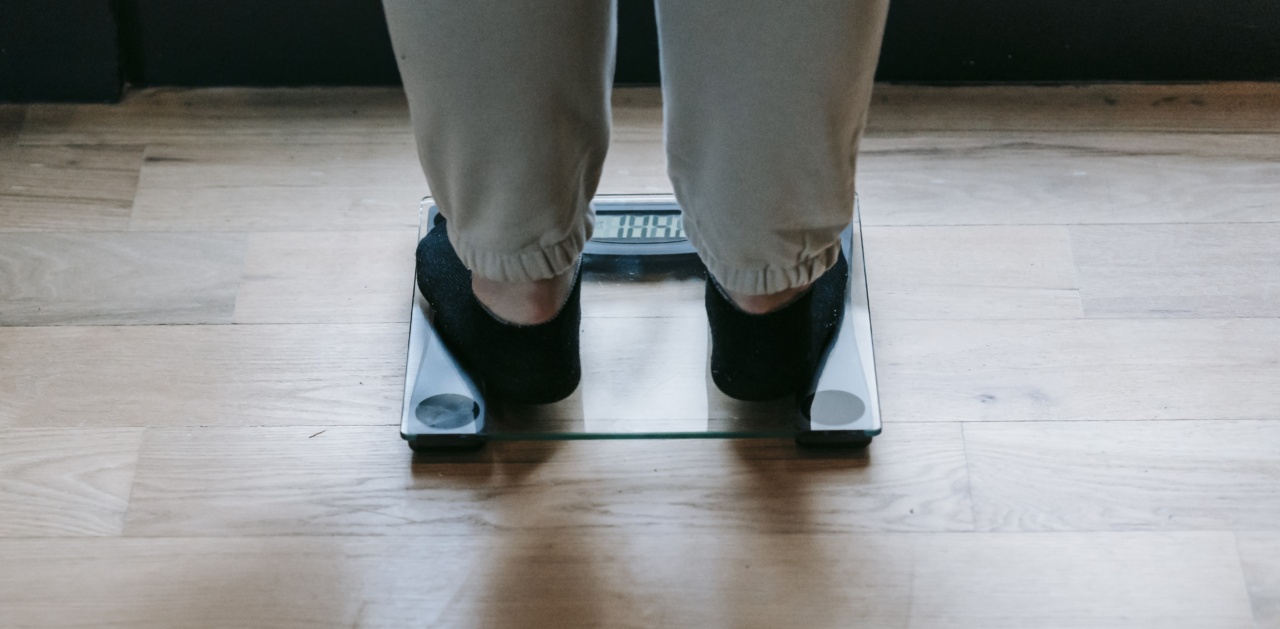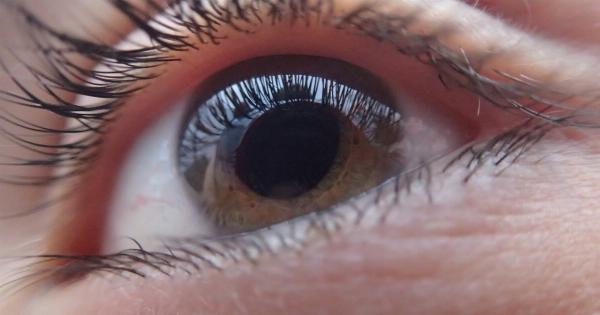Diabetic neuropathy is a condition that affects individuals with diabetes and involves damage to the nerves. It primarily occurs as a result of high blood sugar levels over a prolonged period.
Diabetic neuropathy can affect various parts of the body, including the feet. Foot problems are a common complication of diabetic neuropathy and can lead to serious health issues if not properly managed.
In this article, we will explore the causes, symptoms, and effective management strategies for diabetic neuropathy and foot problems.
The Causes of Diabetic Neuropathy
Diabetic neuropathy is primarily caused by consistently high levels of blood sugar, which damage the nerves over time. However, several other factors can contribute to the development and progression of this condition. These include:.
1. Prolonged duration of diabetes: The longer an individual has diabetes, the higher their risk of developing neuropathy.
2. Poor blood sugar control: Maintaining optimal blood sugar levels is crucial in preventing and managing diabetic neuropathy.
3. High blood pressure: Hypertension can further damage blood vessels and nerves, worsening neuropathic symptoms.
4. Smoking: Cigarette smoking can constrict blood vessels and impair circulation, exacerbating nerve damage.
5. Obesity: Excess weight puts additional stress on the nerves and blood vessels, increasing the risk of nerve damage.
The Symptoms of Diabetic Neuropathy
The symptoms of diabetic neuropathy vary depending on the type and severity of the condition. Some common symptoms include:.
1. Numbness and tingling in the feet and toes: Many individuals with diabetic neuropathy experience a loss of sensation or abnormal sensations in their feet.
2. Muscle weakness or wasting: Nerve damage can lead to muscle weakness, making it difficult to perform regular activities.
3. Foot deformities: Over time, untreated diabetic neuropathy can cause muscle imbalances, leading to foot deformities such as hammertoes or Charcot’s joint.
4. Infections and sores: Due to reduced sensation, individuals with diabetic neuropathy may not notice small cuts or blisters, which can become infected and lead to ulcers.
5. Poor blood circulation: Damaged blood vessels can lead to reduced blood flow to the feet, resulting in slow healing of wounds and an increased risk of infections.
The Importance of Foot Care for Individuals with Diabetes
Proper foot care is essential for individuals with diabetes to prevent and manage foot problems associated with neuropathy. Here are some key foot care practices:.
1. Regular foot examinations: Schedule regular appointments with a healthcare professional who can assess the condition of your feet, identify issues early on, and provide appropriate treatment.
2. Daily foot inspections: Inspect your feet daily for any cuts, blisters, sores, or other abnormalities. If you notice anything concerning, seek medical attention promptly.
3. Maintain good foot hygiene: Wash your feet daily with warm water and mild soap, ensuring to dry them thoroughly, especially between the toes.
4. Moisturize your feet: Use a gentle moisturizer to prevent dry skin and cracking, but avoid applying it between the toes to discourage fungal growth.
5. Wear proper footwear: Opt for comfortable shoes that provide adequate support, space, and protection for your feet. Avoid narrow or pointed shoes that can cause pressure points.
6. Regular toenail care: Trim your toenails carefully and avoid cutting them too short or rounding the edges, as this can lead to ingrown toenails.
7. Diabetes management: Keep your blood sugar within a stable and healthy range through proper diabetes management, including adhering to prescribed medications and lifestyle modifications.
Effective Management Strategies for Diabetic Neuropathy
While diabetic neuropathy is not reversible, various medical interventions and self-care strategies can help manage the condition effectively. These management strategies include:.
1. Pain medications: Over-the-counter pain relievers or prescription medications may be recommended to manage neuropathic pain. Consult with your healthcare provider for appropriate options.
2. Blood sugar control: Consistently maintaining optimal blood sugar levels can slow down the progression of neuropathy and alleviate symptoms.
3. Physical therapy: Engaging in regular physical therapy can help improve muscle strength, flexibility, and balance, reducing the risk of foot deformities and injuries.
4. Transcutaneous electrical nerve stimulation (TENS): TENS therapy involves the use of low-level electrical currents to relieve pain and improve nerve function in the affected areas.
5. Alternative therapies: Some individuals find relief through complementary therapies such as acupuncture, meditation, or biofeedback. However, discuss these options with your healthcare provider before trying them.
6. Lifestyle modifications: Making healthy lifestyle choices, including regular exercise, a balanced diet, and weight management, can help minimize nerve damage and improve overall well-being.
Preventing Diabetic Neuropathy and Foot Problems
Prevention is crucial in avoiding or delaying the onset of diabetic neuropathy and associated foot problems. Here are some preventive measures:.
1. Maintain optimal blood sugar levels: Consistently monitor and manage your blood sugar levels to prevent nerve damage and complications.
2. Regular medical check-ups: Schedule regular appointments with your healthcare provider to monitor your diabetes and assess any potential signs of nerve damage.
3. Blood pressure control: Keep your blood pressure within a healthy range to reduce the risk of nerve damage and complications.
4. Stop smoking: Quitting smoking can improve both circulation and nerve health, reducing the risk of neuropathy.
5. Regular exercise: Engage in regular physical activity to promote circulation, maintain a healthy weight, and reduce the risk of nerve damage.
6. Healthy diet: Follow a balanced diet rich in nutrients to support nerve health and overall well-being.
7. Wear appropriate footwear: Opt for well-fitting, supportive shoes to minimize pressure points and reduce the risk of foot injuries.
By understanding the causes, symptoms, and effective management strategies for diabetic neuropathy and foot problems, individuals with diabetes can minimize the impact of this condition on their daily life.
Prioritizing foot care, adhering to medical recommendations, and practicing preventive measures can help prevent complications and maintain optimal foot health.




























